Going Vertical
Photography is all about choices. Each choice we make changes the final image, sometimes in subtle ways, sometimes dramatically. Some of these choices are shutter speed, aperture and ISO, white balance and whether or not to use the rule of thirds, leading lines etc.
One choice is whether to shoot in horizontal or vertical format. Sometimes a subject just screams for one or the other. But often it is just one of many choices a photographer has to make. There isn’t a right or wrong answer, it is just a decision.
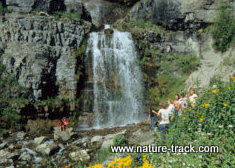
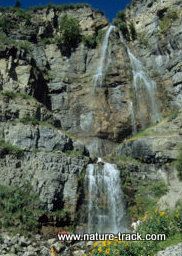
I am not sure that either of these two images of Stewart Falls in Utah is "better" than the other. They are different though and I would have shortchanged myself by not taking both of them.
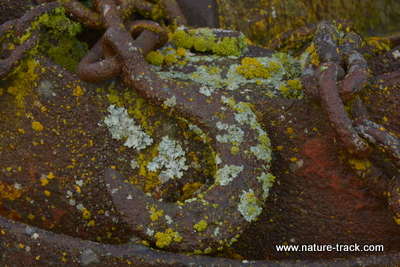
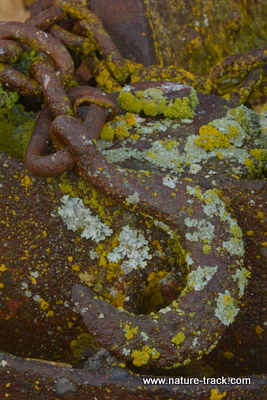
Even close-ups and still life images can benefit from checking out the vertical composition. In this image of a rusting hook on a piece of farm equipment, the vertical composition works better for me.
If you are, like me, a hopeful professional (i.e. a professional wannabe) taking vertical images becomes more than that. Magazines are published in the vertical format and images taken that way fit the page best. This is especially true with images intended for the cover of a magazine. I am told that even stock agencies like to see the same image in both vertical and horizontal format. It is all about choices and both editors and stock agencies like choices.
But what if you have no intention of “going pro”? Is the vertical format still important? I think so. I have found many an image hiding inside a horizontal composition when I tested it in vertical. It might not even be the subject of the horizontal image but it is there, waiting for you to discover it. Switching to vertical just isn’t that hard so once you have your horizontal composition on your memory card, check out the vertical options.
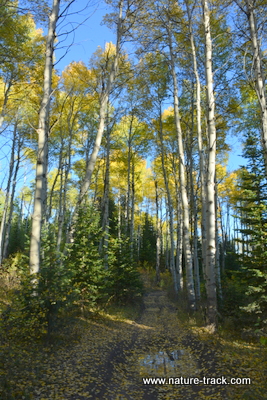
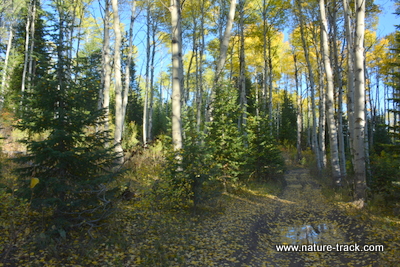
Again, these two images of fall colors in Pine Creek near Swan Valley, Idaho, show that there isn't really a right or wrong, but they are clearly very different and both worthy of spending a few megapixels on.
Finally, going vertical is also the best format for stitching together panoramas. If you like to create wide panoramas, you will get a lot more information and a much better ratio by shooting the pano in vertical format. More information comes in when you take a three image horizontal and cover the same area with six or more verticals. By ratio I mean that using the vertical format you can get more image in the top and the bottom of the frame making it taller in relation to its width.

This panorama of Oxbow Bend in Grand Teton National Park is a composite of 16 vertical images. The same scene captured horizontally would have been captured in less than half as many, yielding an image of lower quality.
One thing I know for sure, if you don’t shoot it in vertical, you don’t have it. So, while you are making all your other decisions about the image, check out the vertical compositions and do yourself a favor and shoot a few. You will keep your options open and you just might find a great image you hadn't considered.